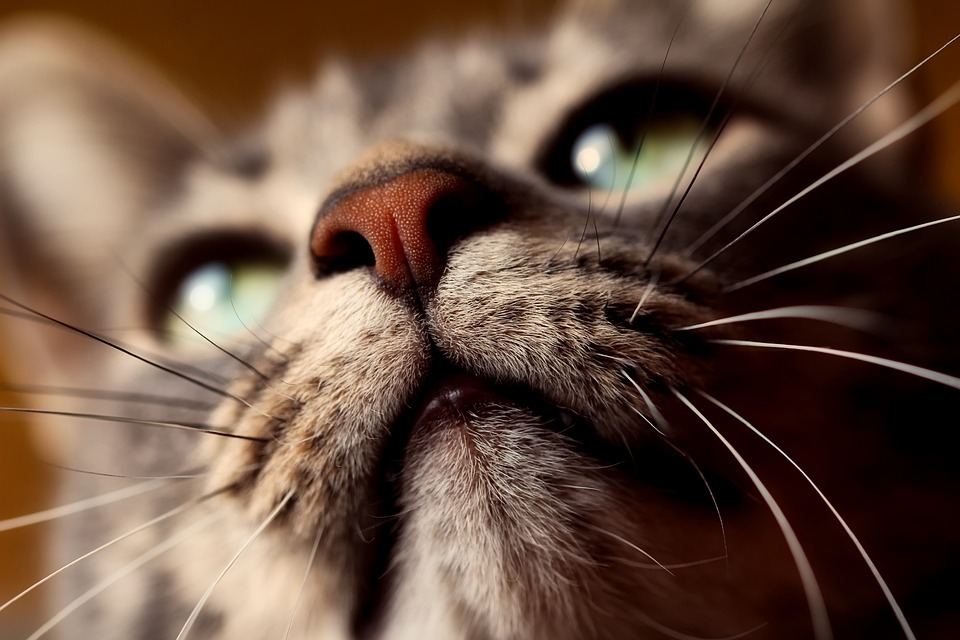Shaping is a powerful training technique that can be used to teach cats complex behaviors by breaking them down into smaller, more manageable steps. This method involves reinforcing successive approximations of the desired behavior until the cat fully understands what is expected of them. In this article, we will explore the concept of shaping and how it can be applied to train your cat for more complex behaviors.
Shaping is a positive reinforcement technique that relies on rewarding incremental steps towards the desired behavior. It involves breaking down the final behavior into smaller, achievable actions that the cat can easily understand and perform. By reinforcing each step, the cat gradually learns to associate the behavior with a positive outcome, making it more likely to continue performing the desired action.
To implement shaping, there are several steps you can follow:
1. Identify the Desired Behavior: Determine the specific behavior you wish to train your cat. Whether it’s teaching them to jump through a hoop or perform a specific trick, be clear about the end goal.
2. Break it Down: Analyze the desired behavior and identify smaller actions or movements that lead up to it. These should be easily achievable for your cat at their current skill level.
3. Start with Basics: Begin by reinforcing the simplest behavior that is closest to the desired behavior. For example, if you want to teach your cat to jump through a hoop, start by rewarding them for approaching the hoop.
4. Raise the Bar: Once your cat consistently performs the initial behavior, gradually increase the difficulty by requiring more precise actions. For instance, reward them for touching the hoop with their paw or standing on their hind legs near the hoop.
5. Shape Further: Continue shaping the behavior, rewarding your cat for increasingly closer approximations to the final desired behavior. Gradually raise the criteria until they are performing the behavior exactly as desired.
6. Generalize the Behavior: Once your cat has mastered the behavior in a specific setting, practice it in different environments to ensure they understand the behavior is applicable in various situations.
7. Fade Out Rewards: Slowly reduce the frequency of rewards as your cat becomes proficient in the behavior. Eventually, they should perform the action without expecting a treat every time.
Here are some frequently asked questions about shaping for complex behaviors in cats:
Q: How long does it take to shape a complex behavior in cats?
A: The time it takes to shape a complex behavior can vary depending on the cat’s individual abilities, previous training experience, and the complexity of the behavior itself. It may take anywhere from a few days to several weeks of consistent training sessions.
Q: Can shaping be used for any behavior in cats?
A: Shaping can be applied to train a wide range of behaviors in cats, from basic tricks to more complex actions. However, it is important to consider the cat’s physical capabilities and natural behaviors when selecting behaviors for shaping.
Q: Are there any risks associated with shaping for complex behaviors?
A: Shaping is generally a safe training method when implemented correctly. However, it is crucial to ensure that the behaviors being shaped are within the cat’s physical capabilities and do not cause any discomfort or stress. Always prioritize your cat’s well-being during training.
Q: Can shaping be used for behavior modification in cats?
A: Yes, shaping can also be used for behavior modification in cats. By breaking down unwanted behaviors into smaller, desirable actions, you can gradually shape them towards more appropriate behaviors.
Q: Should I seek professional help when using shaping for complex behaviors?
A: If you are new to shaping or dealing with complex behaviors, seeking guidance from a professional animal trainer or behaviorist can be beneficial. They can provide valuable insights and help ensure both you and your cat have a positive training experience.
In conclusion, shaping is a valuable tool to train cats for complex behaviors by rewarding successive approximations. By breaking down the desired behavior into manageable steps and reinforcing each one, you can effectively teach your cat a wide range of actions. Remember to be patient, consistent, and always prioritize your cat’s comfort and well-being during the training process.








